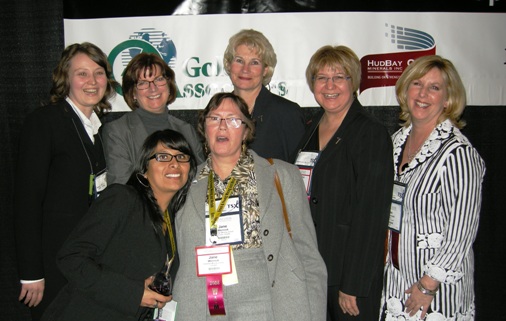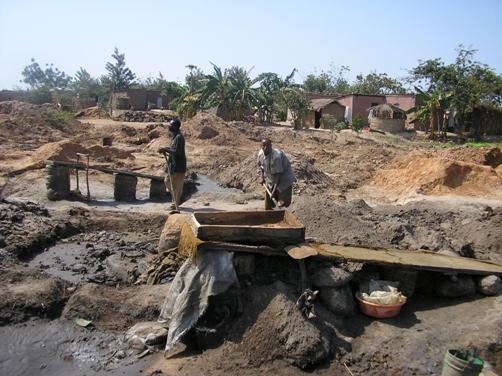This article was provided by the Ontario Mining Association (OMA), an organization that was established in 1920 to represent the mining industry of the province.
Ontario Mining Association member De Beers Canada is sharing its passion for diamonds through its sponsorship of an exhibit at the Royal Ontario Museum. “The Nature of Diamonds” exhibit is scheduled to be on display for all until March 22, 2009. “For thousands of years, diamonds have held a special place in many cultures around the world,” said Jim Gowans, President and CEO of De Beers Canada. “We are proud to be associated with the ROM to showcase the origins, history and allure of one of the rarest materials on earth.”
At a special event to mark the opening of the exhibit, recordings of Shirley Bassey singing the theme song from the James Bond movie “Diamonds Are Forever,” the presence of Canadian triathlon Olympian and medal winner Simon Whitfield and the opening of the vault to show the world´s third largest cut diamond and other spectacular gems and jewelry enhanced the celebrations.
The first diamond mine in Canada is celebrating its 10th anniversary of production this month. Mr. Gowans pointed out that in that short time, Canada has advanced to become the third largest diamond producer in the world. “Canada is now a diamond superpower,” said William Thorsell, Chief Executive Officer of the ROM. “We are enjoying our relationship with De Beers Canada and (he suggested) I think we need to invent a single line of diamonds for men.”






























